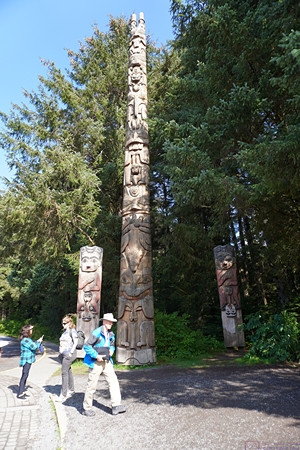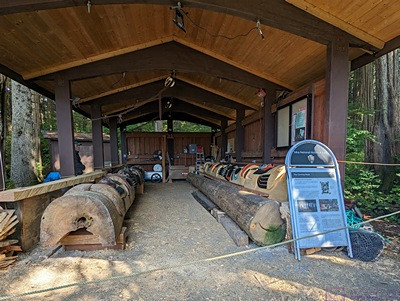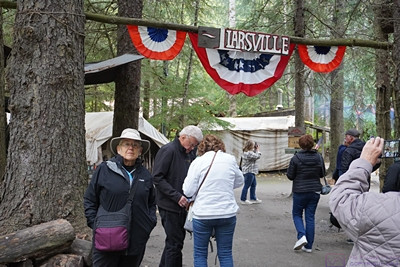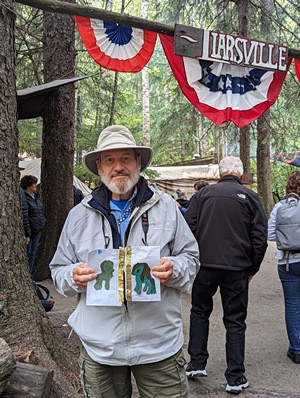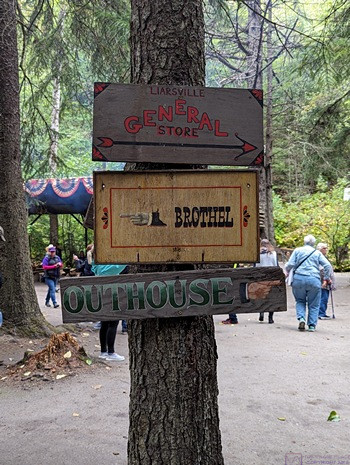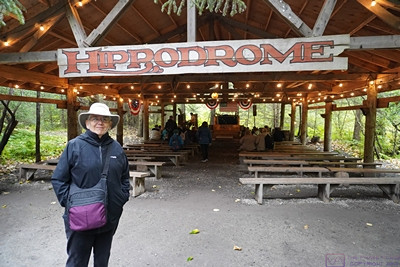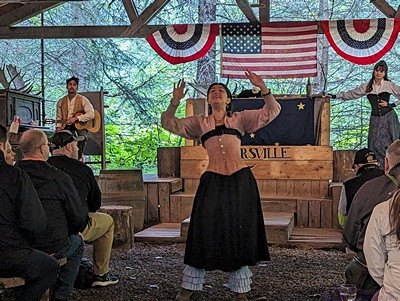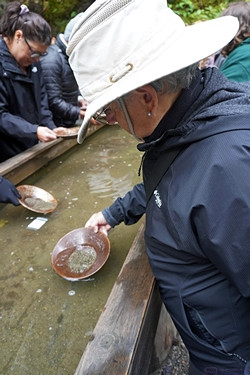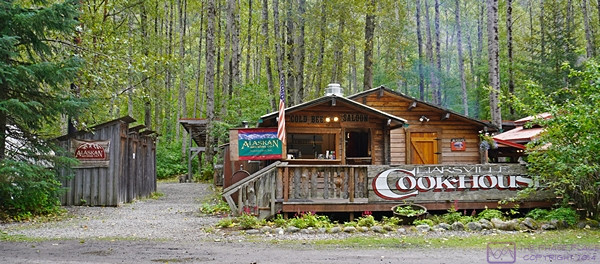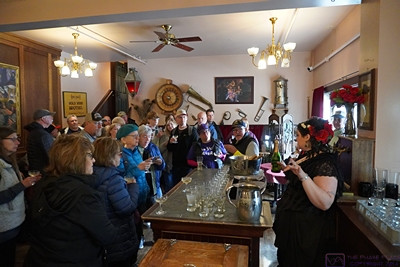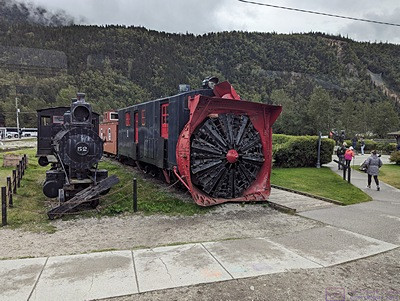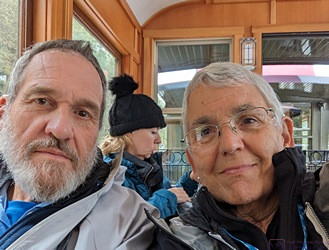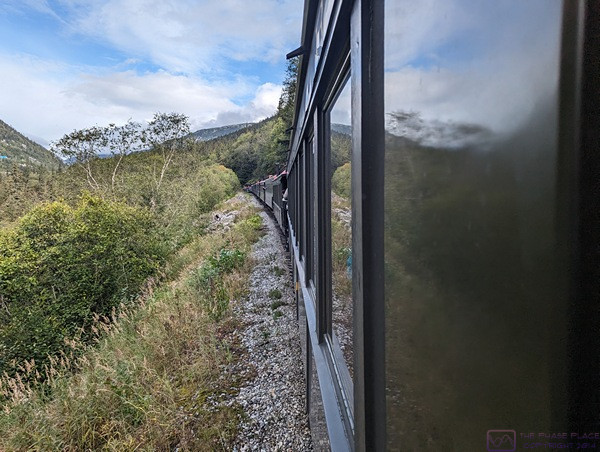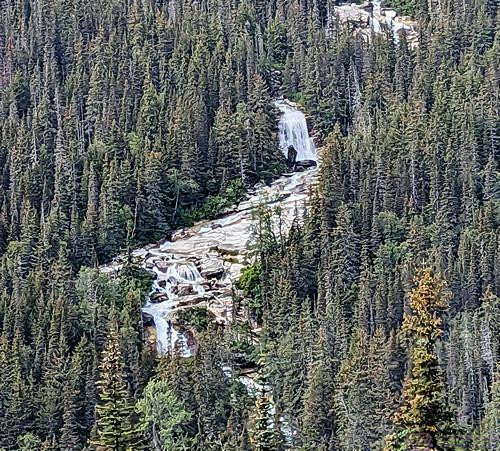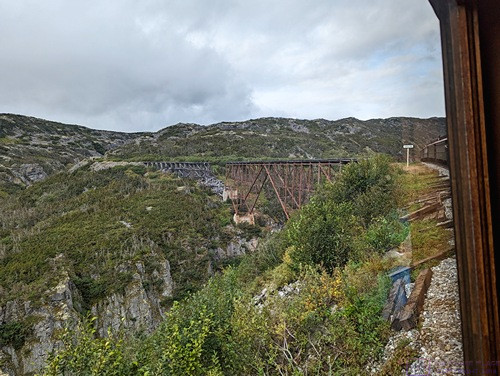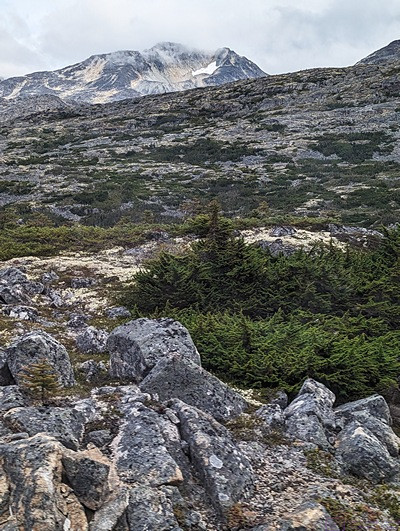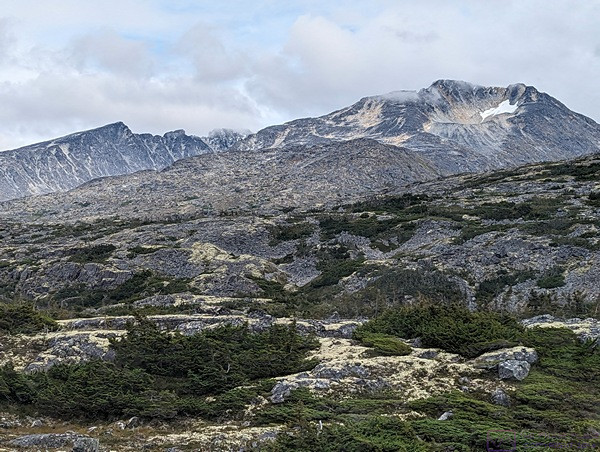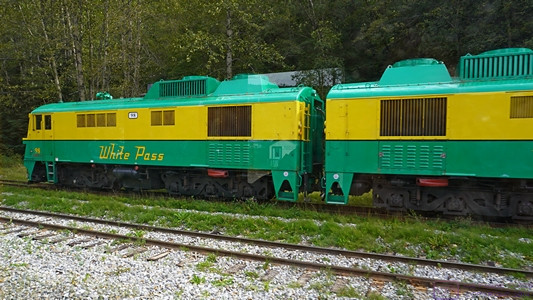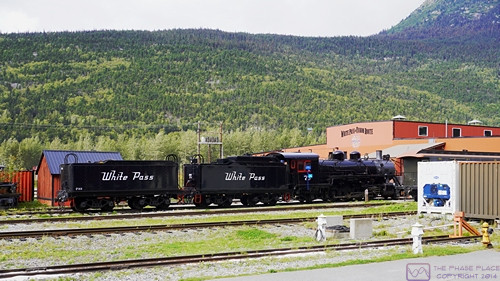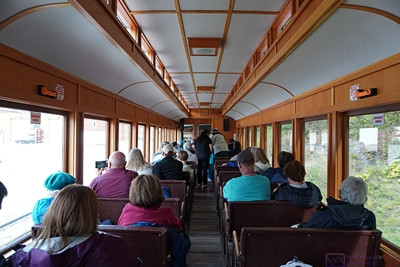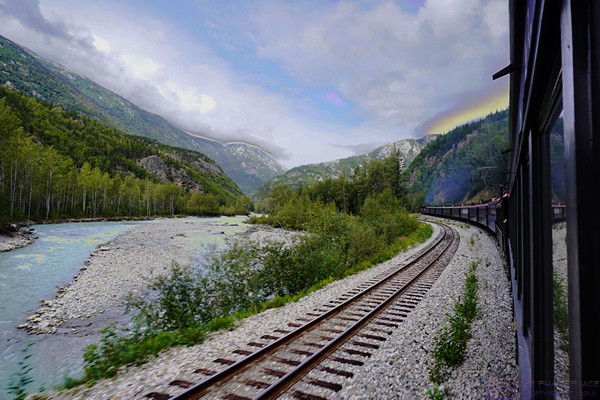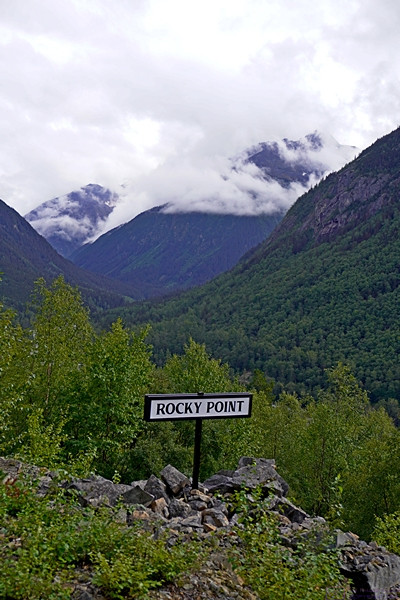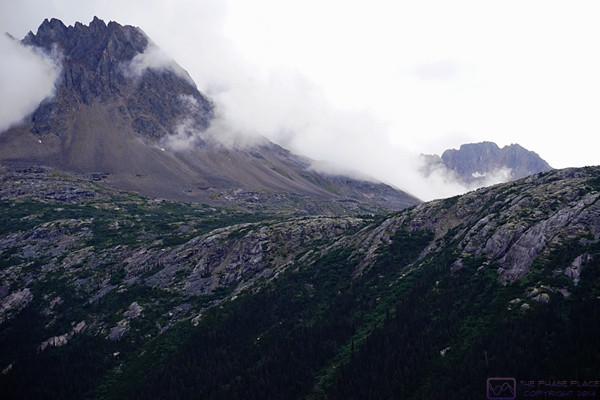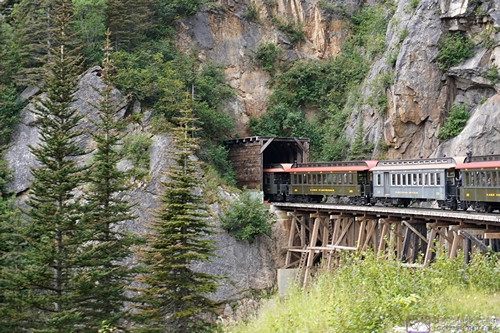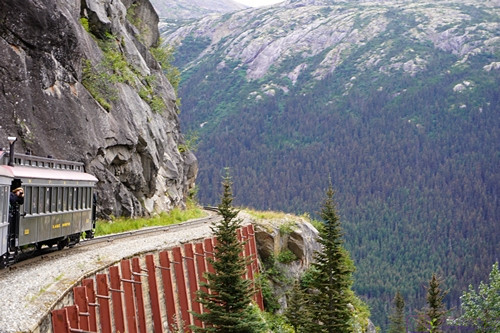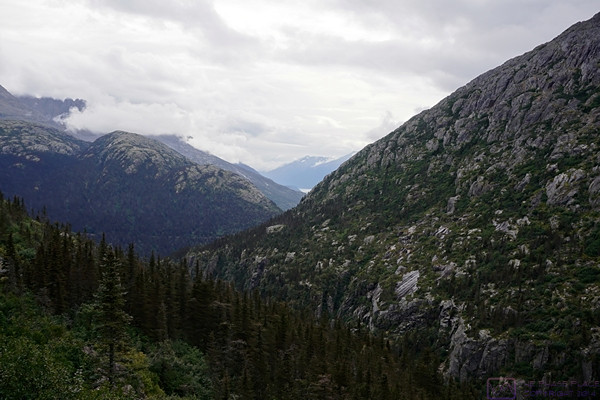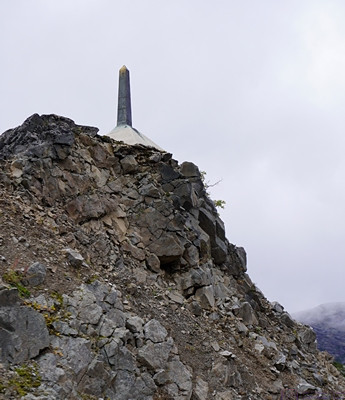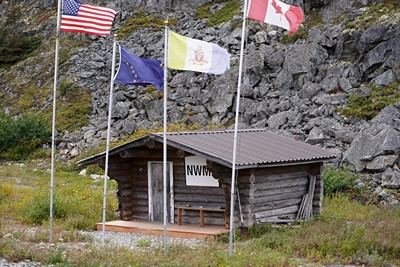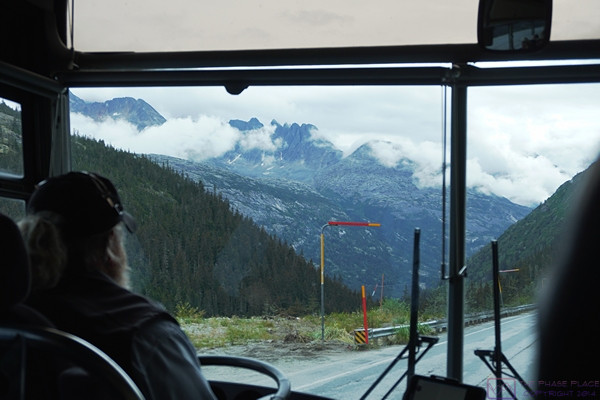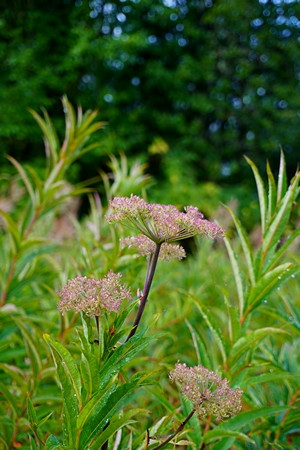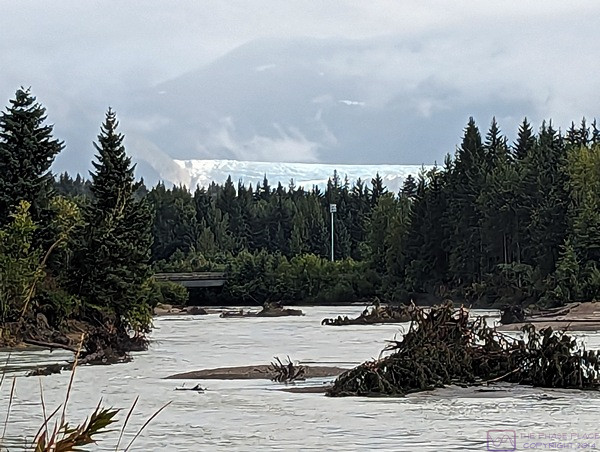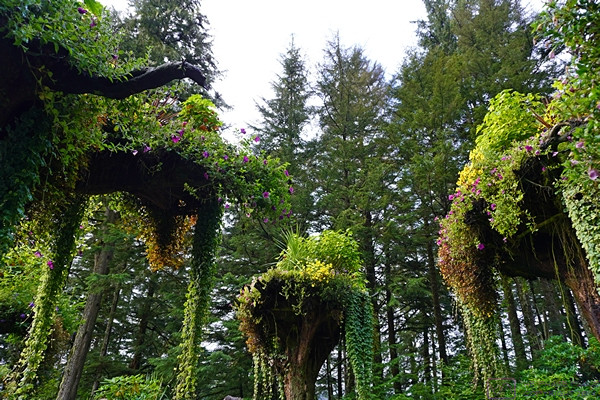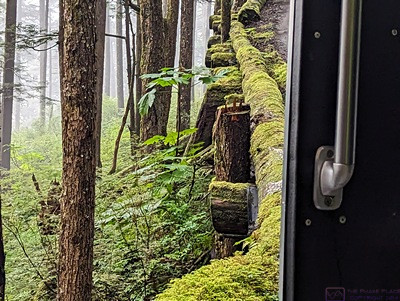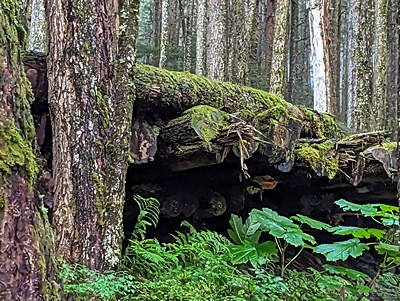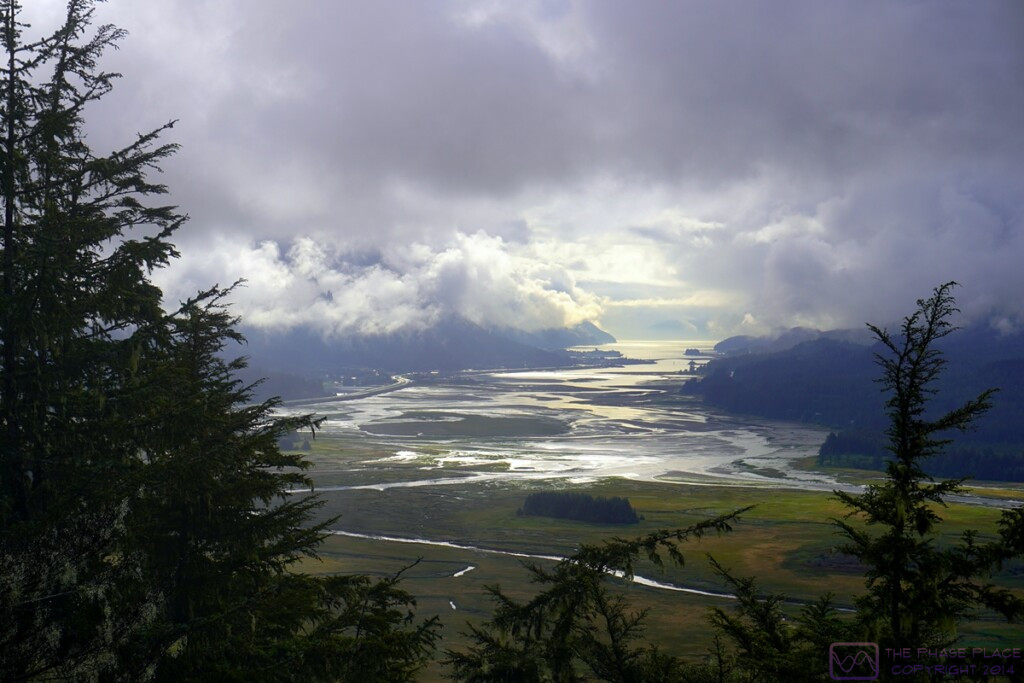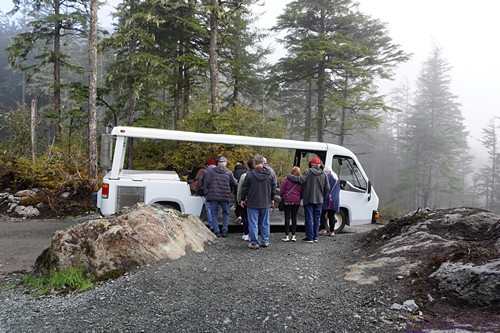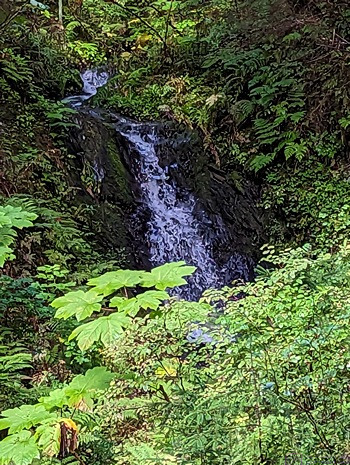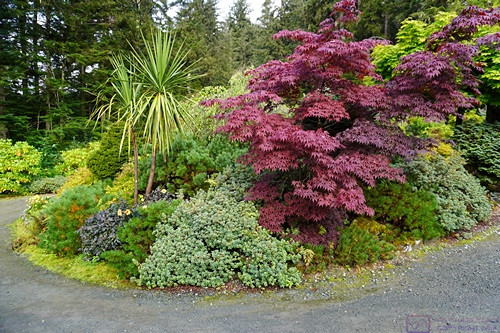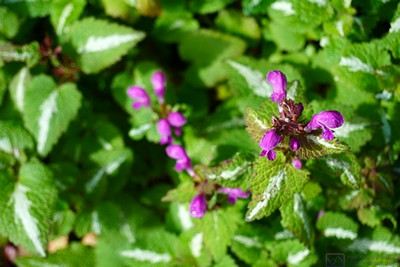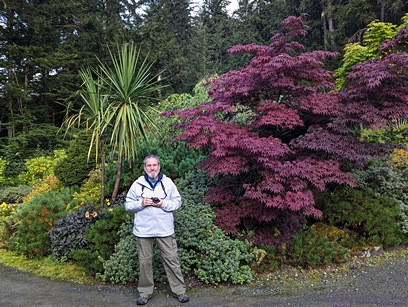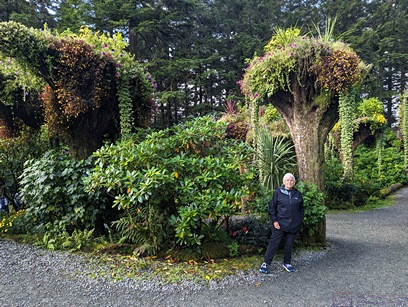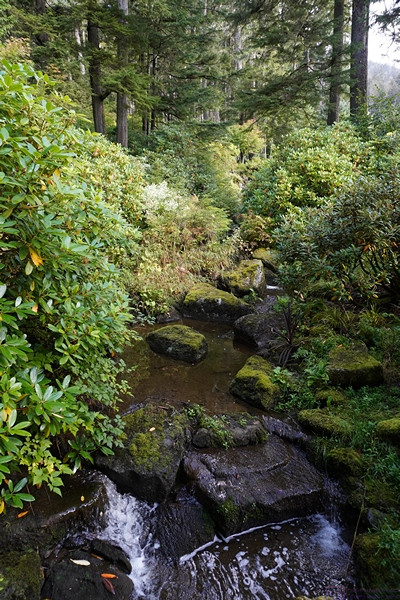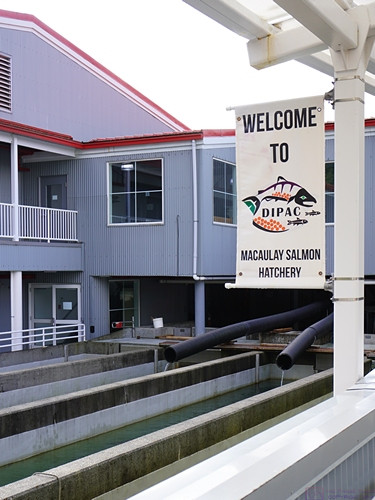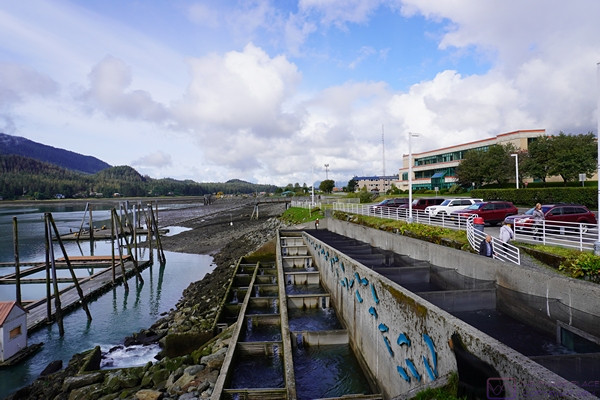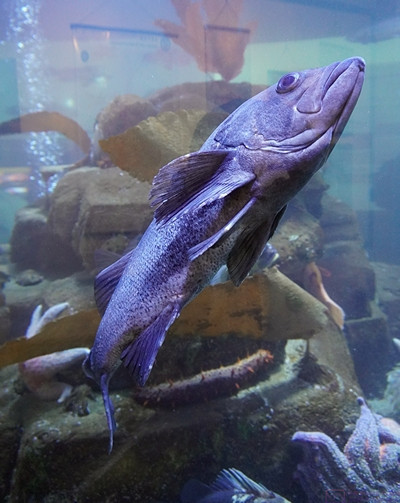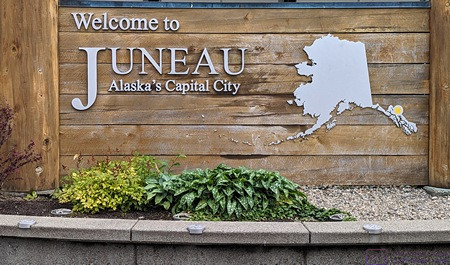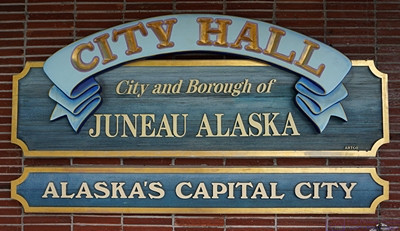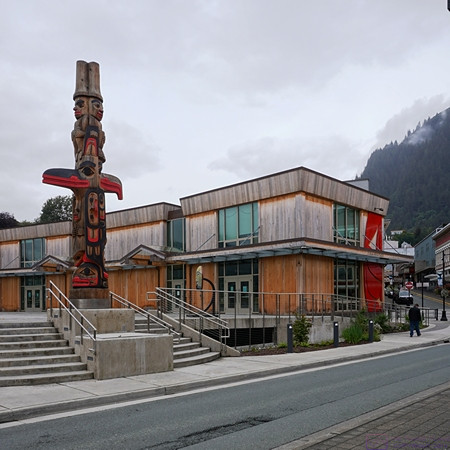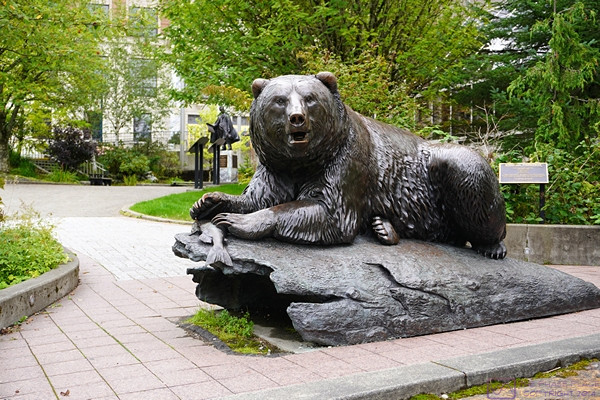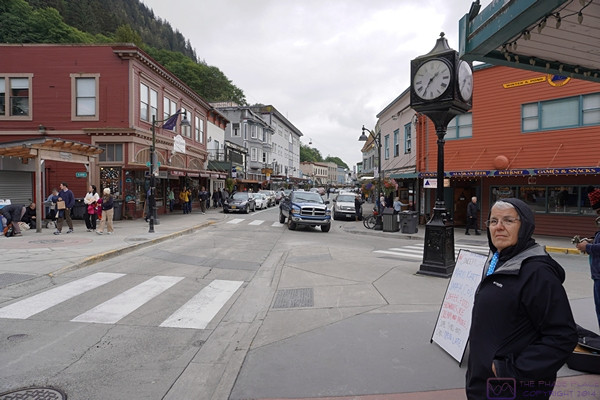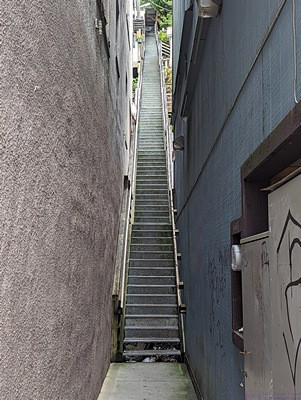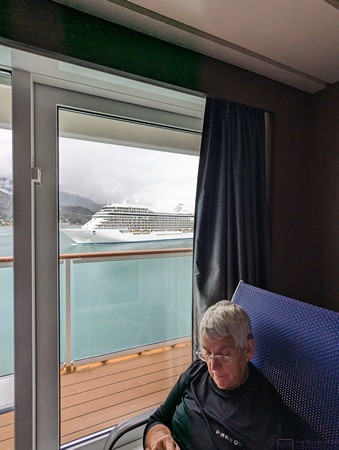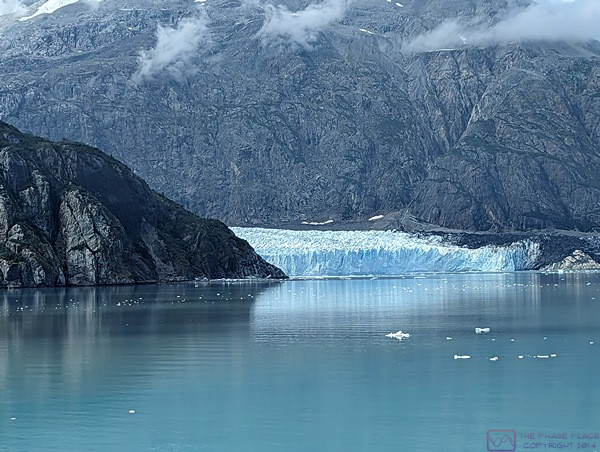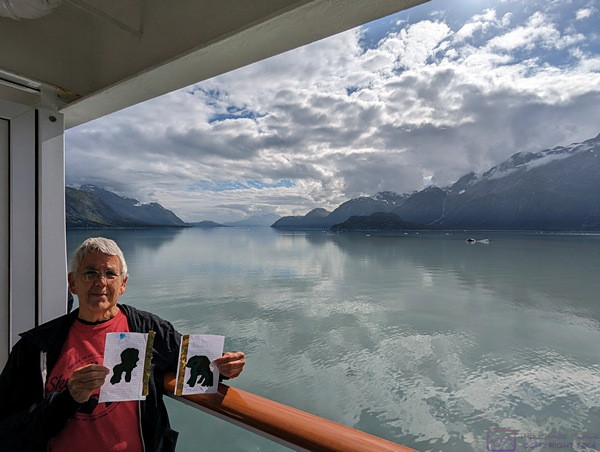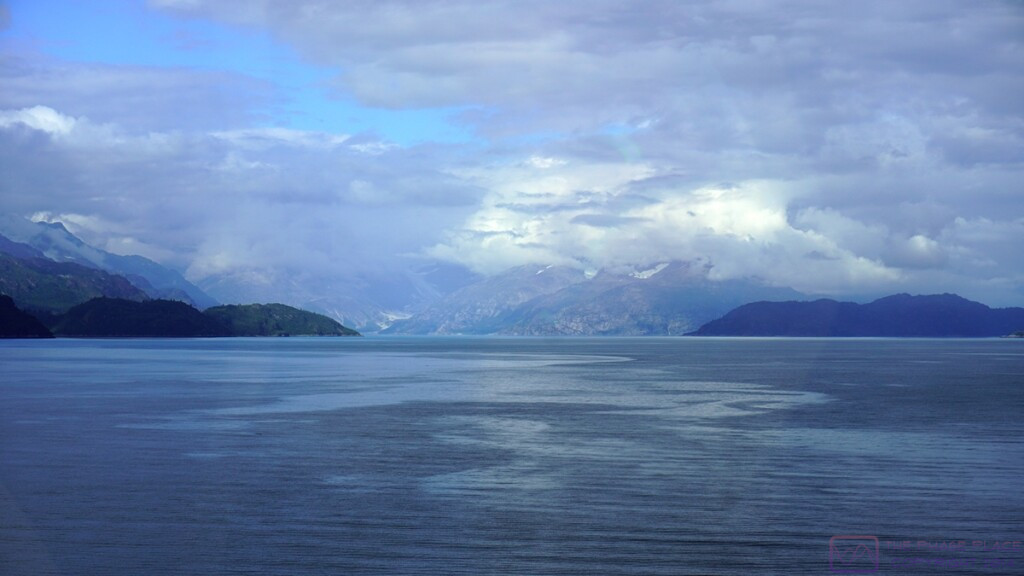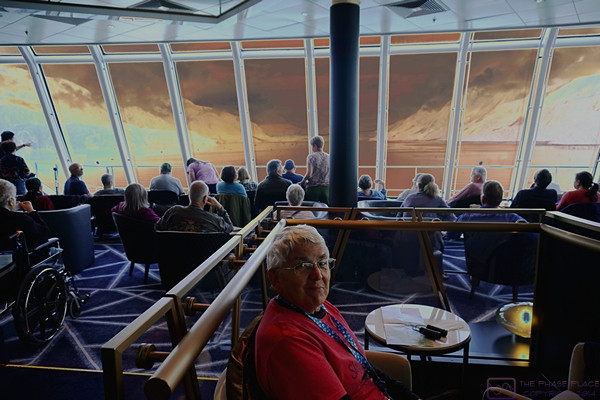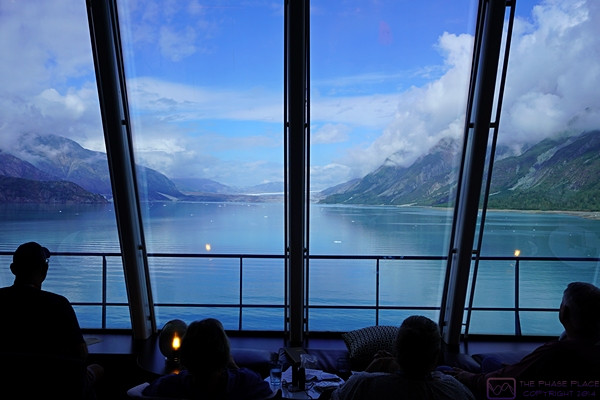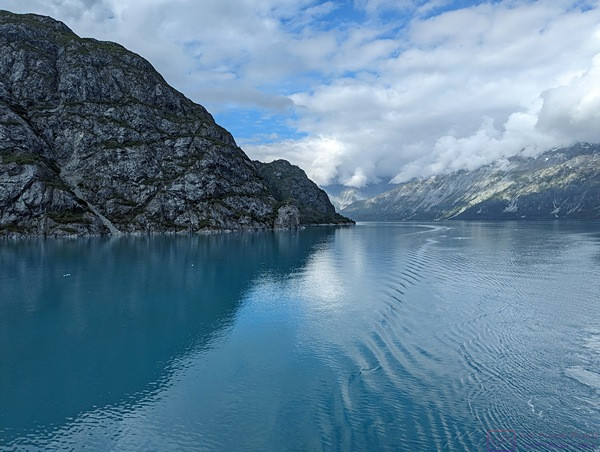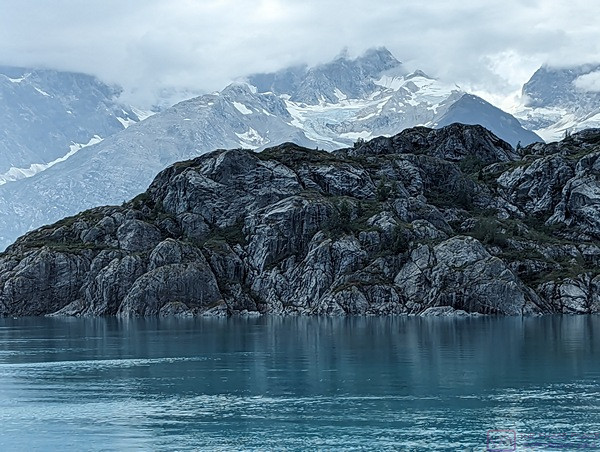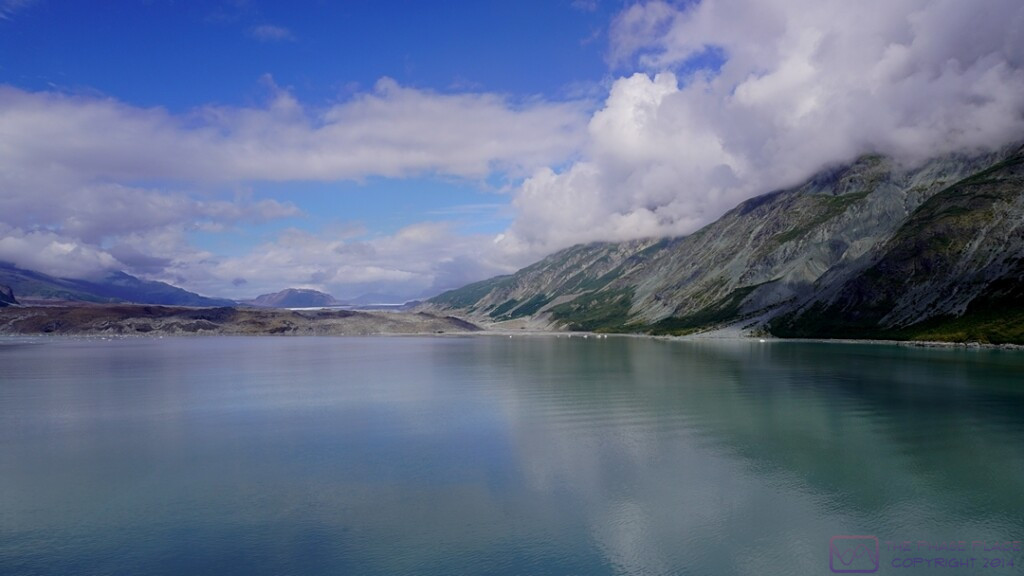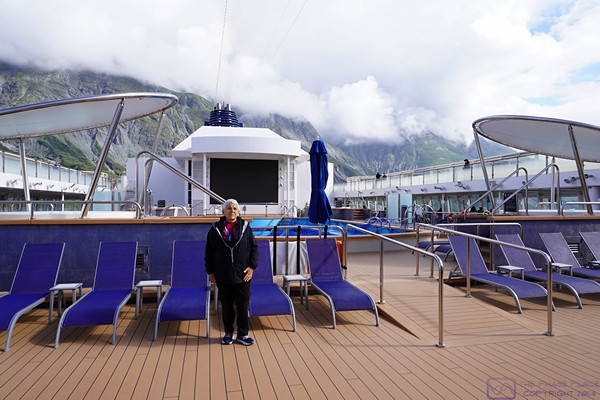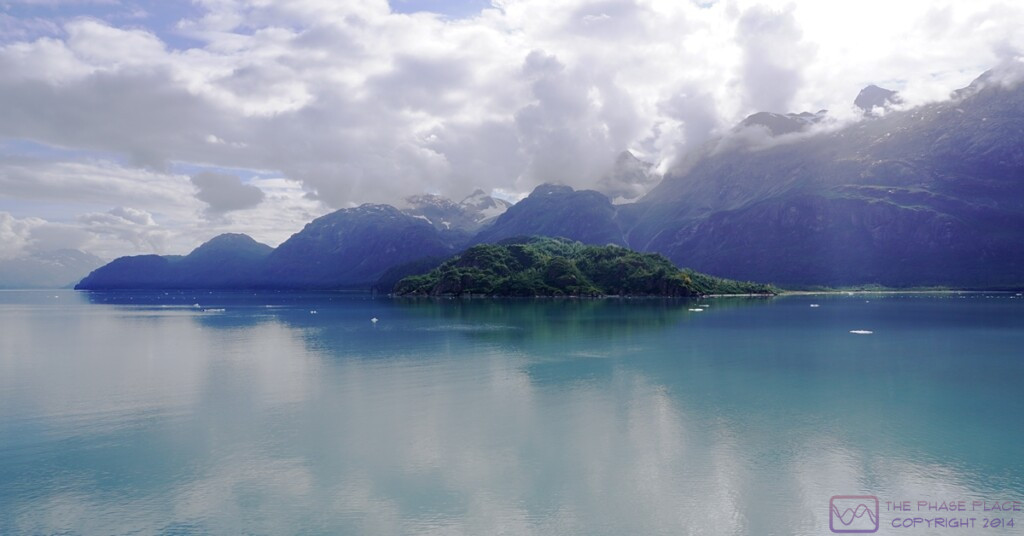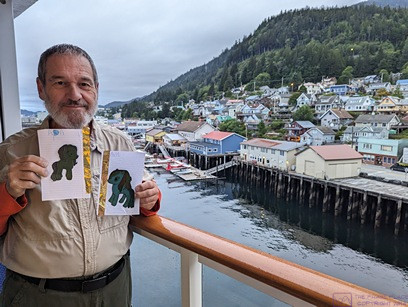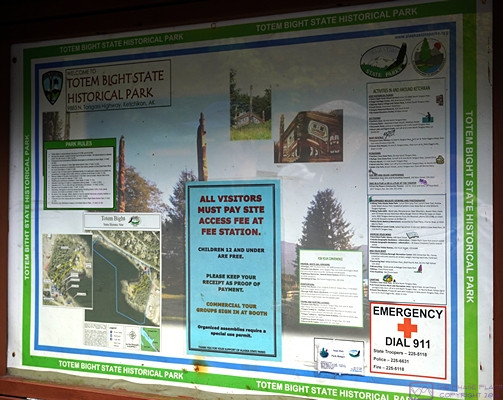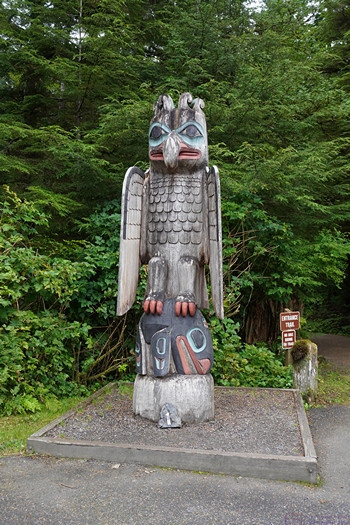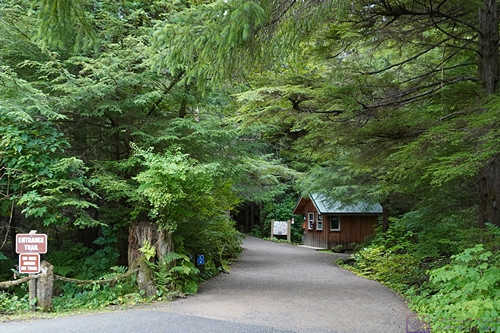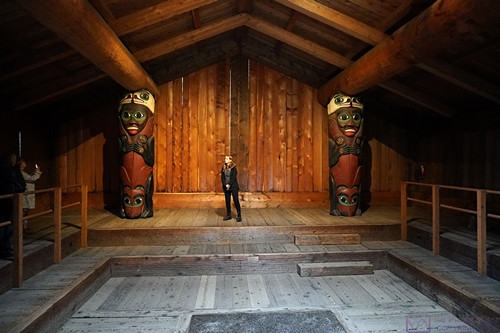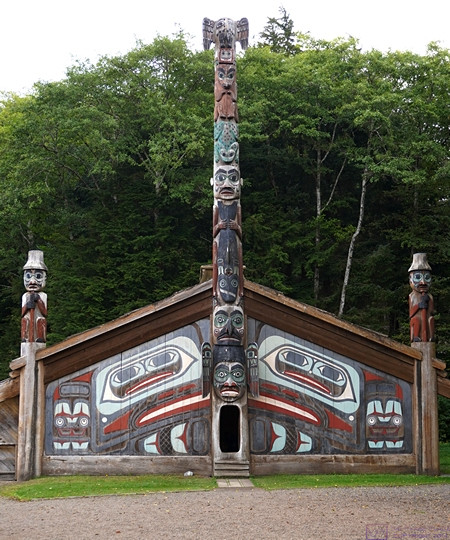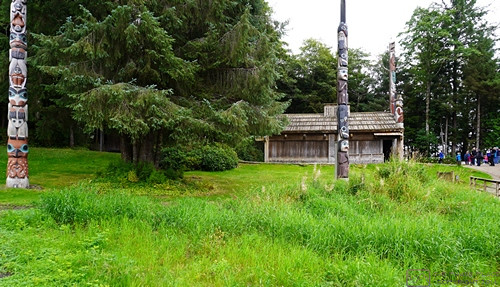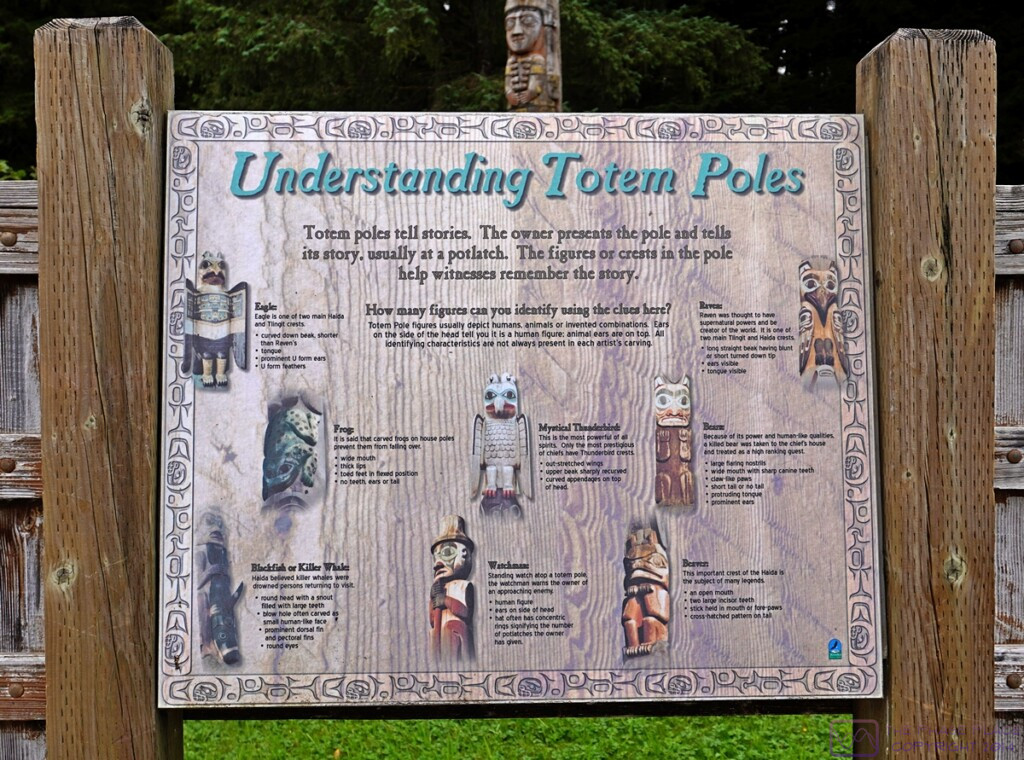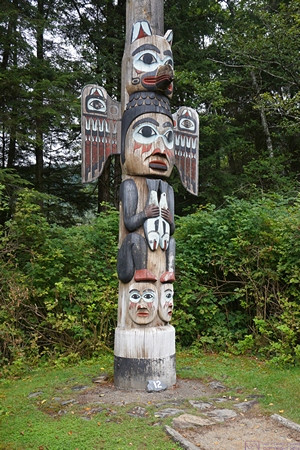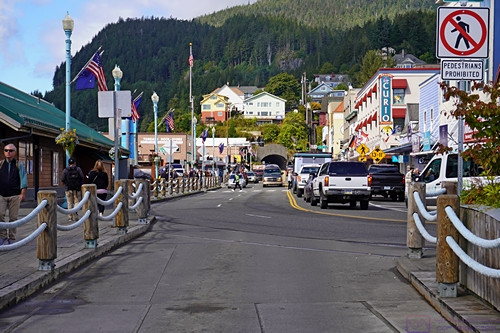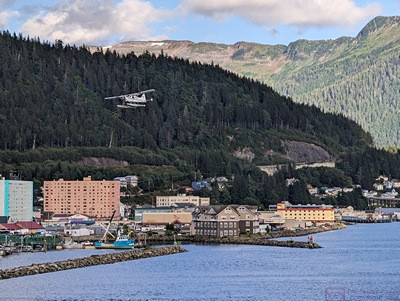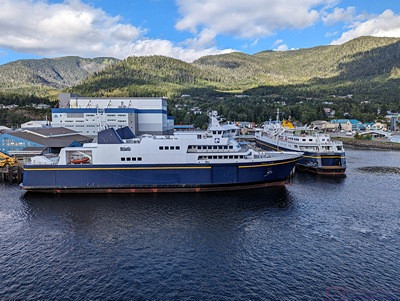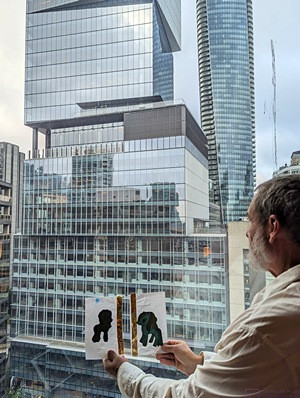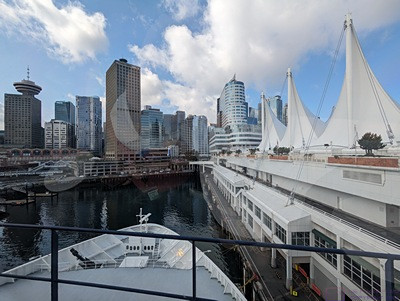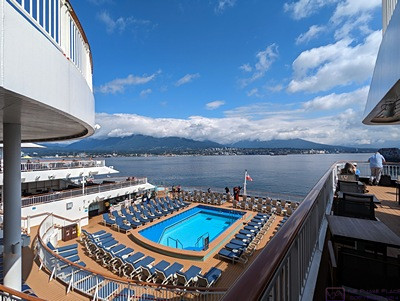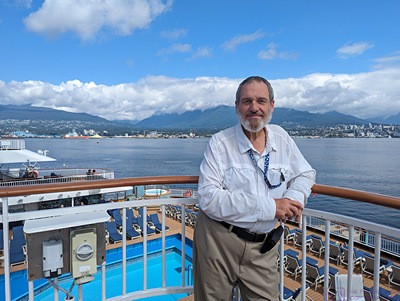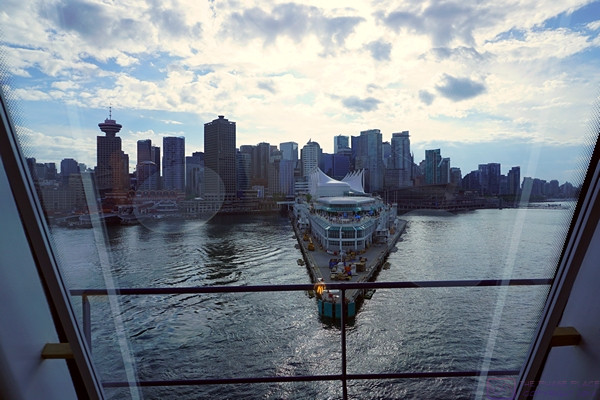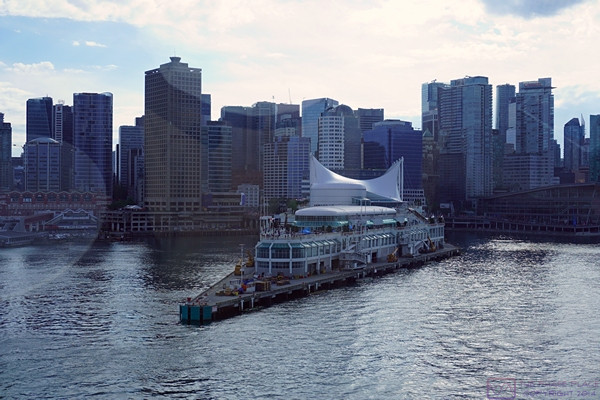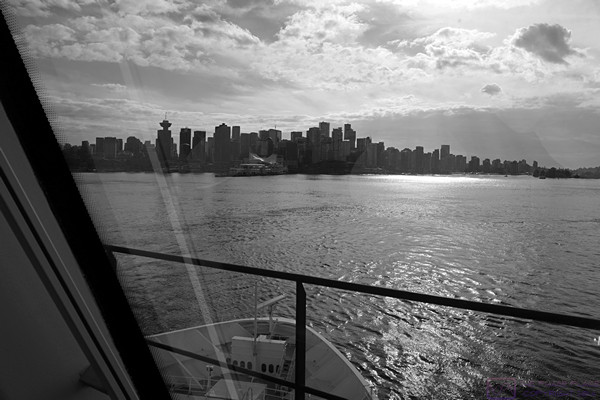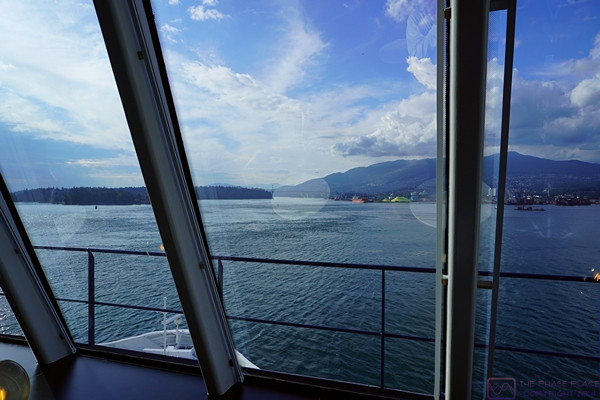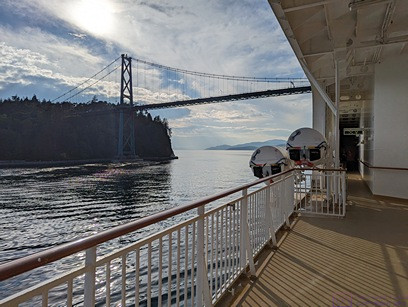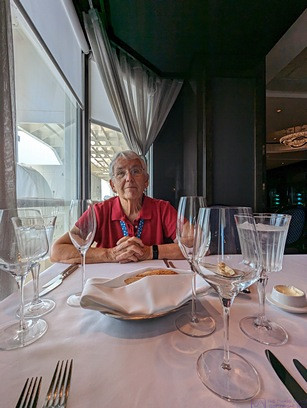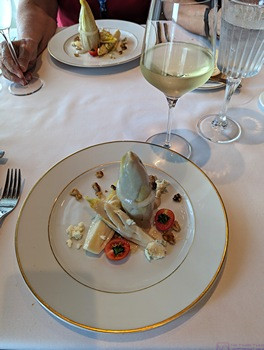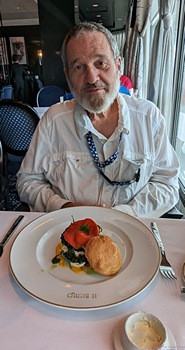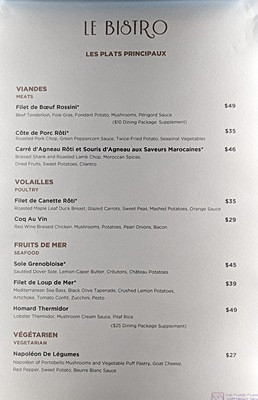Note: This is the 10th of 16 posts about our 21-day trip that included a 17-day (16-night) cruise on the Norwegian Cruise Line (NCL) ship SPIRIT from Vancouver, British Columbia to Honolulu, Oahu. This post has 21 photographs with captions and some narrative. All photos were taken by me (Bruce) using a SONY alpha 6400 or Google Pixel 6 Pro unless otherwise indicated. (Photos by Linda were taken using a Google Pixel 6.)
As I am writing these posts some five (5) months after our trip, I have struggled with getting the correct local time stamp for each photo and thus establishing the correct time sequence for images within a post. The issue is the intermixing of photos from two Pixel smartphones with photos from a Sony a6400 ILC camera while shooting in different time zones far removed from home. I think I have the photos in this post in the correct order, but have avoided making any reference in the captions to the time of day an image was captured.
TUESDAY 05 September 2023 — (T10,C7) Sitka, AK
This was day 10 or our trip, day 7 or our cruise, and our final stop in Alaska before crossing the North Pacific Ocean to the Hawaiian Islands. We arrived in the Sitka harbor early this morning. The weather was hazy upon arrival, but quickly gave way to blue skies with nice puffy clouds over the surrounding mountains. It was just cool enough to require a light jacket, which made for wonderful conditions to walk around the town and go on a guided shore excursion with a very good local guide.
Sitka is a fascinating city with a history that placed it at the center of a crossroads of cultures. The area around Sitka has been the traditional home of the Tlingit people for thousands of years, and they are still here. The Russians arrived in 1804 and forcibly established a colony with Sitka (New Archangel) as its Capital. It later became the Capital of American Alaska when the Russians sold the territory to the United States in 1867.
The Tlingit maintain a vibrant culture here with a performance center in the style of a traditional community clan house; offerings include song and dance. Traditional art abounds in the Center and various art galleries, as well as the many intricately carved totem poles in the National Park peninsula. Russian influence is evident in the onion domed Cathedral of St. Michael and the Russian Bishop’s House, as well as the Russian Cemetery and the names of places, buildings, and streets. Russian dance is performed in town by the New Archangel dancers, while Summer music festivals celebrate Jazz as well as other musical traditions.
Paraphrased from Wikipedia: Sitka is a unified city-borough in the southeast portion of the U.S. state of Alaska. It was under Russian rule from 1799 to 1867. The city is situated on the west side of Baranof Island and the south half of Chichagof Island in the Alexander Archipelago of the Pacific Ocean. As of the 2020 census, Sitka had a population of 8,458, making it the fifth-most populated city in the state. Although the City of Sitka is located on a two small islands, the borough encompasses a vast area. According to the United States Census Bureau, the city-borough is the largest incorporated municipality by area in the U.S., with a total area of 4,811 square miles (12,460.4 sq km ), of which 2,870 square miles (7,400 sq km ) is land and 1,941 square miles (5,030 sq km ), comprising 40.3%, is water.
We enjoyed our short time in Sitka, as we did in Ketchikan, Juneau, and Skagway, but we sensed that we would enjoy returning here for a longer visit and the opportunity to explore the area more thoroughly.
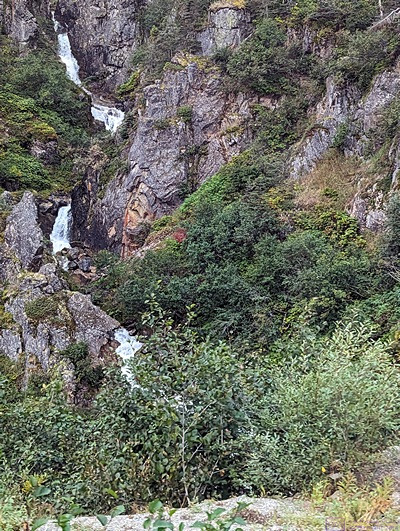
This photo is from the day before around 4 PM as the ship was departing from Skagway. (Photo by Linda)

We had slightly hazy weather for our arrival in the Sitka area, and the best scenery was to the ESE, into the sun.
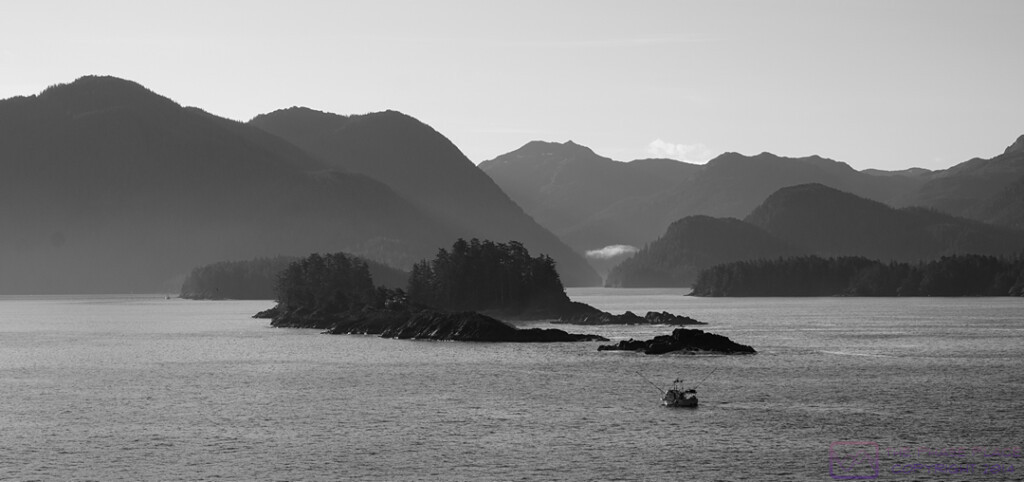
After playing around with this photo for a while in post -processing, I decided it looked best as a black & white image. (I got my first camera when I was 16 and started out shooting with B&W film and learning how to develop it and make prints using a darkroom that belonged to my parent’s best friends. It still appeals to me.)
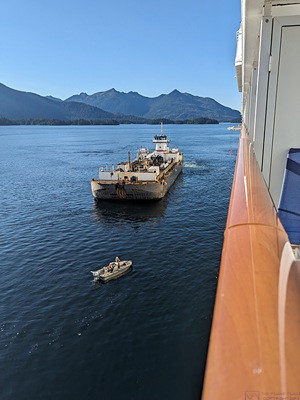
We were “anchored out” during our time in Sitka. (It was never clear to me if this was due to a lack of adequate dockage for a ship our size, or a limited amount of such dockage that was already occupied by another ship or ships.) A fuel ship prepares to come along side and refuel the SPIRIT in advance of our crossing the North Pacific Ocean. (The fuel ship is not a barge as it is under its own power.) (Photo by Linda)
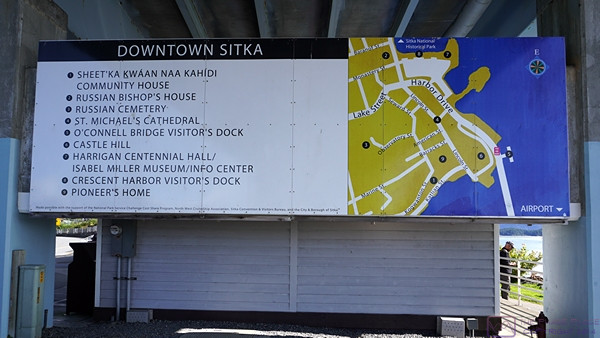
As the NCL SPIRIT was anchored out, we had to tender in to the Sitka marina. Shortly after disembarking from the tender, we were greeted by this very helpful sign with highlights marked on a map of the main downtown area.
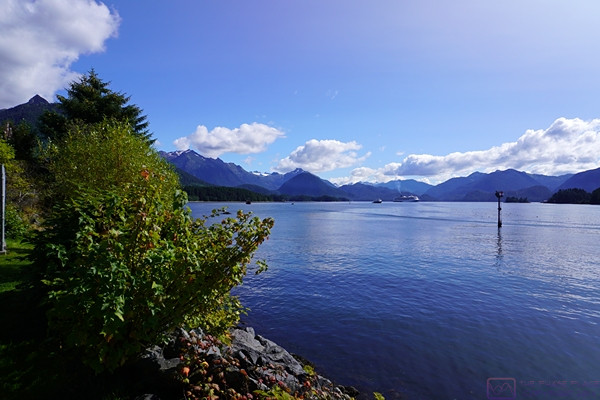
I never tire of views where mountains meet the water. This was captured from near the Sitka marina looking out towards our ship, which is just visible center frame where the mountains and water meet.
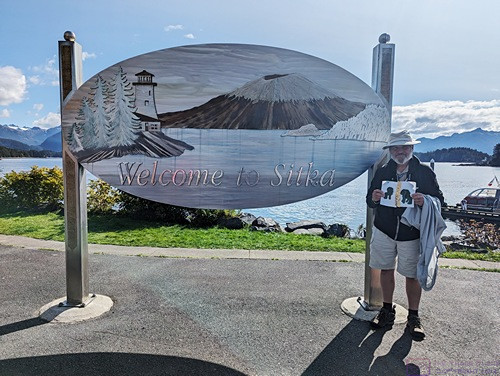
The “Welcome to Sitka” sign seemed like a good place to take a “Apa and Ama are here” photo for grand-daughter Sadie. We tried to remember to take a photo in each place we visited and text them to her parents so she could follow our travels. (Photo by Linda)
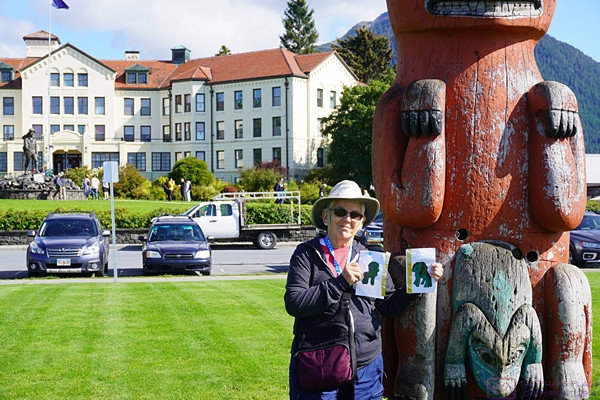
Linda holds the Apa and Ama artwork for another “we are here” photo. This one is in Totem Square with the Sitka Pioneers Home in the background. It might look like a hotel, but it’s actually an assisted living complex; one of the nicest we had ever seen (at least form the outside).
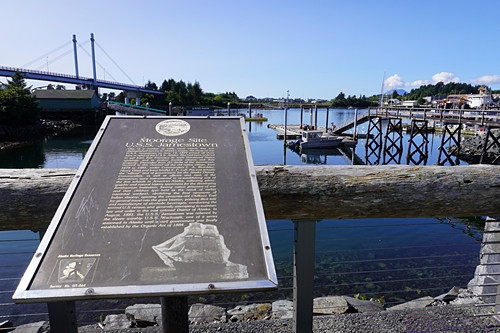
On June 14, 1879 the U.S.S. Jamestown (a sailing ship of war) arrived in the waters near Sitka to relieve the U.S.S. Alaska, and eventually moored near where this sign now stands. From 1879 to 1881, she was the official seat of government for the Alaska District. The Jamestown was relieved in August 1881 by the U.S.S Wachusett (a steam ship of war), which continued as the seat of government for the District of Alaska until the Civil Government was finally established by the Organic Act of 1884.
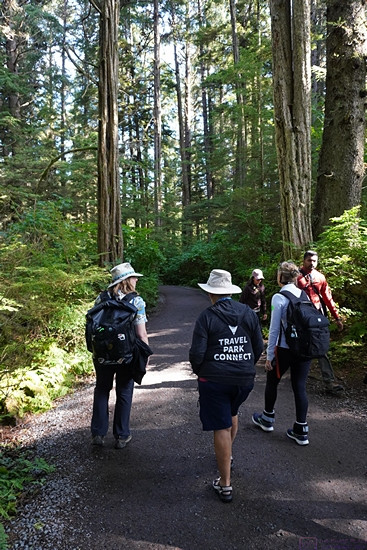
Our visit to Sitka NHP included a walk in the woods. The tour guide (left) and Linda (right) are sporting their Tilley hats. Linda’s lightweight hoodie says “Travel Park Connect.” This was the motto of the RVillage social media platform. I have one too. It was a great idea and good platform for RVers that was very popular but did not survive.
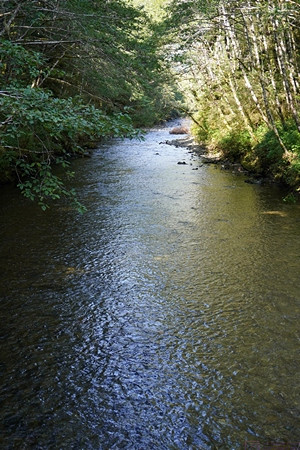
While walking through Totem Park, we got to stop at a small footbridge over the Indian River, an active Salmon run. Although not really visible in this photo (I couldn’t get a good one) the stream was thick with salmon swimming against the current, presumably trying to reach their spawning grounds. It was quite a sight. As I mentioned in a previous post, when I think of Alaska I think of Grizzly Bears, Bald Eagles, and Salmon. I would add to that Eskimos and other indigenous people, totem poles, Polar Bears, Moose, Elk, Caribou, Whales, Bush planes/pilots, and oil production.

This panorama of the Historic Campus of the Sika Fine Arts Camp is a composite of seven images. The image is 1920 x 270 pixels; clicking on it will display it full size on a device with a suitable monitor.
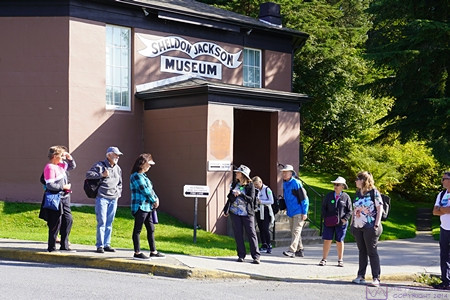
The Sheldon Jackson Museum, founded in 1888, houses an exceptional collection of Alaska Native ethnographic material gathered by Presbyterian missionary and General Agent of Education for Alaska, the Rev. Dr. Sheldon Jackson. It was purchased by the State of Alaska in 1985.
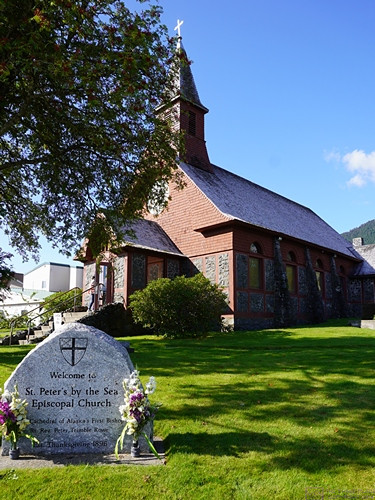
This charming and well-maintained building is St. Peter’s By The Sea Episcopal Church. It was established on Thanksgiving Day in 1896, the same year the Klondike Gold Rush began.
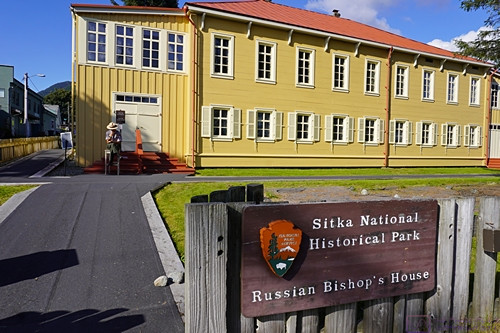
The Russian Bishop’s House is now part of Sitka National Historical Park. Given that Alaska was Russian territory for 68 years before being sold to the USA, it was not surprising to see Russian influences everywhere, including in the names of islands, streets, buildings and, of course, churches. Next photo please.
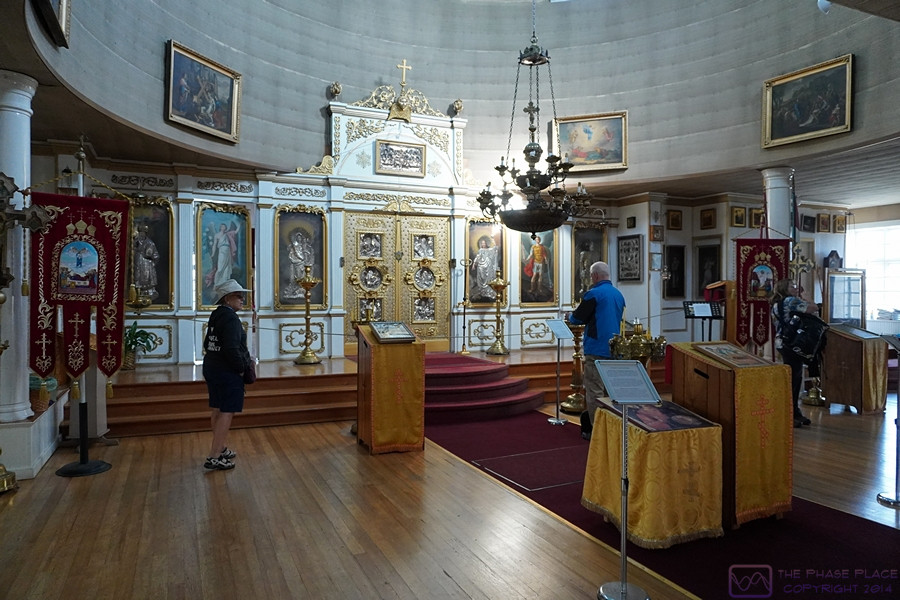
Paraphrased from Wikipedia: St. Michael’s Cathedral, also known as the Cathedral of St. Michael the Archangel, is a cathedral of the Orthodox Church in America, Diocese of Alaska, in Sitka, Alaska. The earliest Orthodox cathedral in the New World, it was built in the nineteenth century, when Alaska was under the control of Russia. After 1872, the cathedral came under the control of the Diocese of Alaska. It had been a National Historic Landmark since 1962, notable as an important legacy of Russian influence in North America and Southeast Alaska in particular. An accidental fire destroyed the cathedral during the night of January 2, 1966, but it was subsequently rebuilt. The new building’s green domes and golden crosses are a prominent landmark in Sitka. Some of the icons date to the mid-17th century; two icons are by Vladimir Borovikovsky.
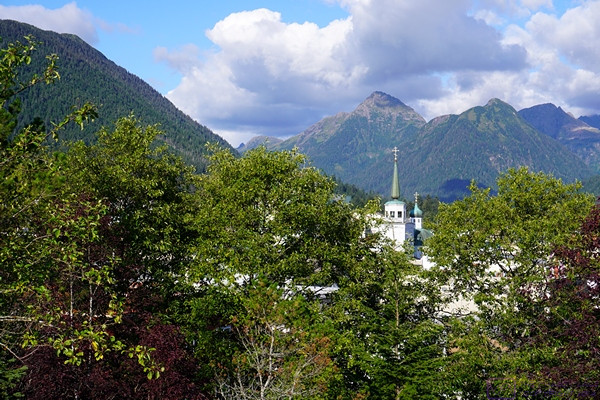
Our shore excursion guided walking tour ended atop Castle Hill. Looking northeast, the green domes and golden crosses of the Orthodox Cathedral are visible through the trees.
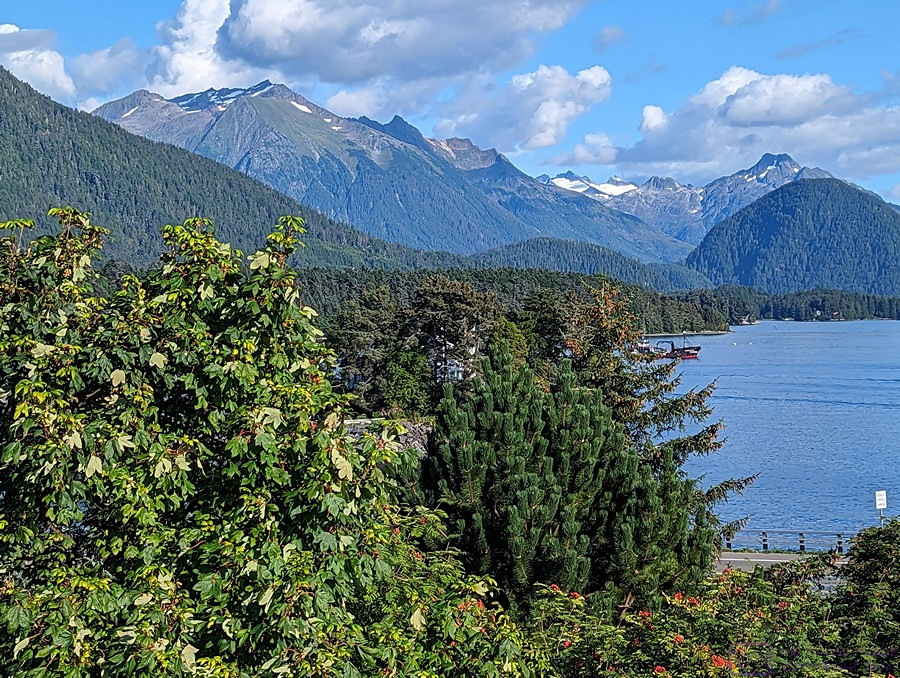
A view (probably from Castle Hill) of the mountains, and the east end of the harbor, south of Sitka, Alaska. (Photo by Linda)
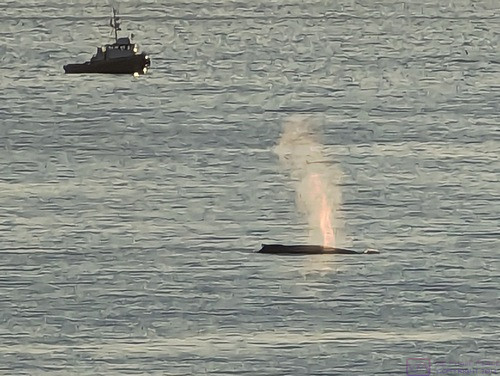
We departed Sitka Harbor in the late afternoon / early evening and were greeted by this spouting whale and fishing boat. Fishing boats were numerous in the harbor and marina. This was the last time we would see land until the morning of Monday 11 September when we arrived at the port in Nawiliwili, Kauai, Hawaii.
…
